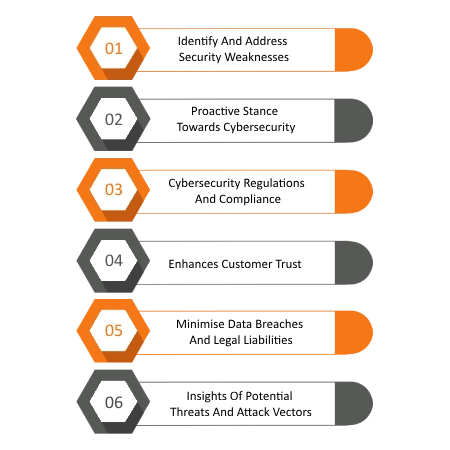Web Application Security Testing and Vulnerability Assessment
Web Application Security Testing is a process by Shieldbyte Infosec that involves assessing and evaluating the security of web applications to identify vulnerabilities, weaknesses, and potential threats that malicious actors could exploit. The goal of web application security testing is to proactively uncover and address security issues in web applications before they can be exploited, thereby reducing the risk of data breaches, unauthorized access, and other cyberattacks.
Web application security testing helps organizations identify and address vulnerabilities, enhance their security posture, comply with industry regulations, and protect sensitive data. It is an integral part of the software development life cycle (SDLC) and should be conducted throughout the web application development and maintenance stages.

Web App Security Testing
Services
Web App Security Testing
Services
Scope Definition
Identify the web applications to be tested, including their URLs, functionalities, and associated technologies.
Determine the testing objectives
Such as identifying common vulnerabilities, assessing authentication mechanisms, or evaluating session management.
Testing Methodology
Static Testing and Dynamic Testing cover analyzing the application's source code, configuration files and identifying vulnerabilities without executing the code.
Reporting and Remediation
Shieldbyte Infosec provides a detailed assessment report outlining vulnerabilities, their severity, and potential business impact and mitigation recommendations.
Security Testing Approach
Skilled testers manually explore the application, attempting to identify security flaws and vulnerabilities and automated Testing using tools.
Types of Testing
Shieldbyte Infosec carries out Black Box Testing, White Box Testing, and Gray Box Testing by simulating attacks from internal and external perspectives.




